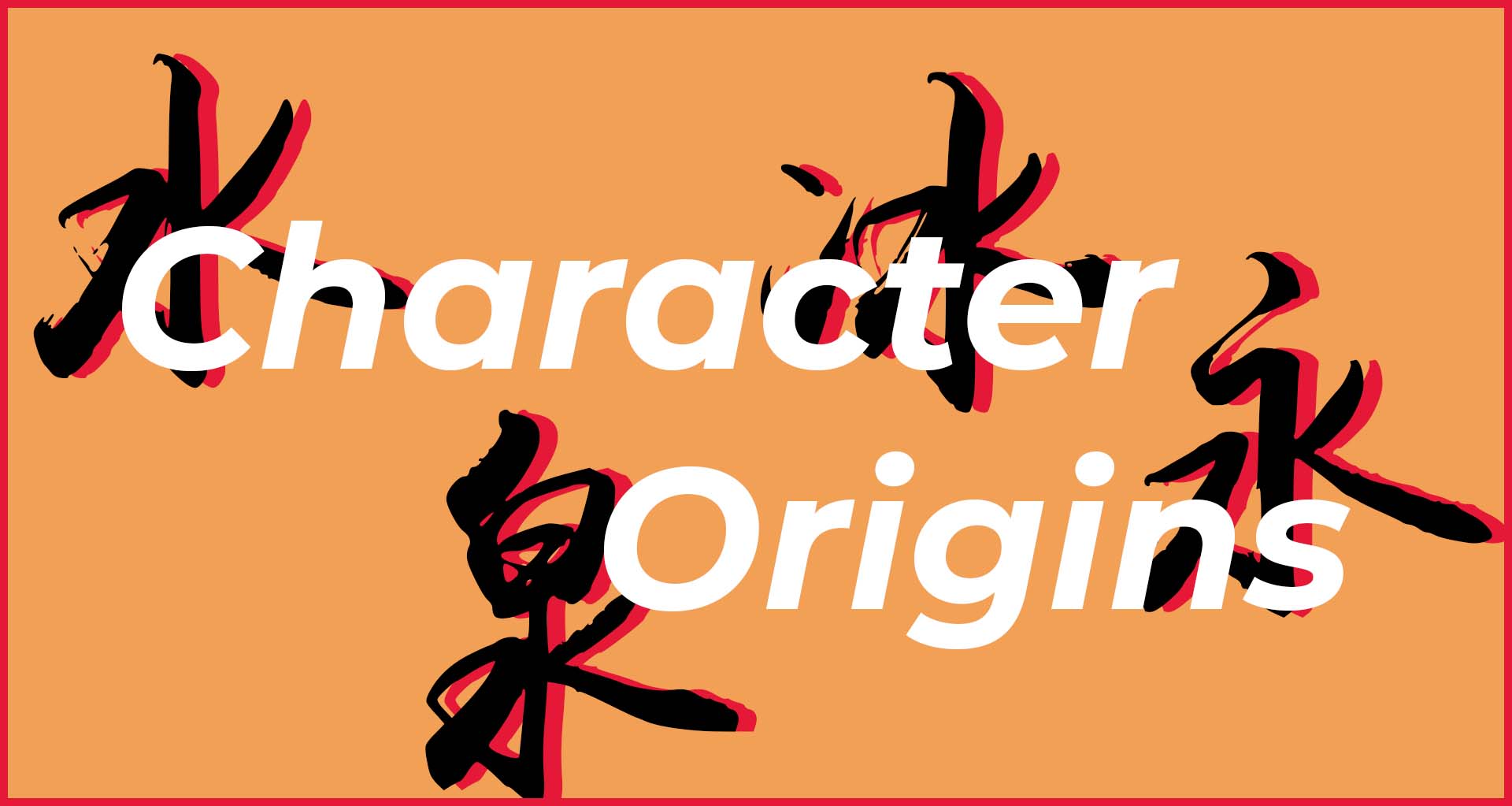Top 10 Most Common Chinese Characters
There are around eighty thousand Chinese characters. To the new Chinese learner, this can seem daunting. However, just like many words in English, the majority of these characters are not used in day-to-day vocabulary. If you can recognize even one thousand characters, you would be able to read and comprehend up to 80% of Chinese writing.
Not to worry, we’re here for you. We’ve compiled a quick list on the top 10 most common Chinese characters and how to use them.
1. 的 (de)
Known as one of the three “de” particles of Chinese, “的” is used to indicate possession as well as attribute adjectives.
Examples:
小明的狗 (xiǎo míng de gǒu)
Xiao Ming’s dog
红色的花 (hóng sè de huā)
Red Flowers
2. 一 (yī)
“一” means one. The reason why “一” is so common is because it can also mean the following: first, best, a little, once, only, etc. So many phrases require the 一 character, which bumps it to second place on this list. It is also a component of many ChengYu, or Chinese idioms.
Examples:
我吃了一个苹果。(wǒ chī le yī gè píng guǒ)
I ate one apple.
我拿了第一名。 (wǒ ná le dì yī míng)
I got first place.
你是我的唯一。(nǐ shì wǒ de wéi yī)
You are my one and only.
3. 了 (le)
“了” is loosely used to indicate tenses, specifically past-tense or ongoing incidents. It can also be used to intensify adjectives.
Example:
我吃晚饭了。(wǒ chī wǎn fàn le)
I ate dinner.
我来到美国两年了。(wǒ lái dào měi guó liǎng nián le)
I’ve been in America for two years.
你的中文太好了。(nǐ de zhōng wén tài hǎo le)
Your Chinese is too good!
4. 是 (shì)
“是“ is closest to the meaning of “to be,” in English. Because Chinese doesn’t have conjugations, there are no other forms of this basic word. It is mostly used to link two nouns together.
Example:
我是中国人。(wǒ shì zhōng guó rén)
I am [a] Chinese [person].”
这是一本书。(zhè shì yī běn shū)
This is a book.
她的鞋是红色的。(tā de xié shì hóng sè de)
Her shoes are [the color] red.
5. 我 (wǒ)
“我” means “I,” so it is not surprising that this is a very common word. It also appears in phrases such as “us,” and “we.”
Examples:
我回家了。(wǒ huí jiā le)
I went home.
我们一起去的。(wǒ men yī qǐ qù de)
We went together.
6. 不 (bù)
“不” means “no” or “not,” and is used to negate other words. It is commonly used with “是” as in, “不是” to mean “isn’t.”
Examples:
他不是美国人。(tā bú shì měi guó rén)
He is not American.
我不想去。(wǒ bù xiǎng qù)
I don’t want to go.
7. 在 (zài)
“在” is a preposition that can be confusing for many Chinese learners. It is mostly commonly used to indicate location, similar to how “at” is used in English. In Chinese, it also follows verbs to describe the place of an action. It can also be used on its own to describe an ongoing action.
Examples:
我在机场。(wǒ zài jī chǎng)
I am at the airport.
你住在哪里?(nǐ zhù zài nǎ lǐ)
Where do you live?
我在学习。(wǒ zài xué xí)
I am studying.
8. 人 (rén)
Another common Chinese character, “人” means “people,” “person,” or “man.” You may have noticed in #4 that “人” is often used to describe people from a specific country. Instead of “Chinese” as an adjective, we say “中国人” or “Chinese people.” It also appears in words such as “夫人 (wife),” and “男人 (men)” and many other nouns that relate to people. Another word for the Chinese currency, “元 (yuán)” is “The People’s Currency” or “人民币 (rén mín bì).”
Examples:
你是外国人吗?(nǐ shì wài guó rén ma)
Are you a foreigner?
人生的目的是什么?( rén shēng de mù dì shì shén me)
What is the meaning of [human] life?
9. 们 (mén)
As you may have seen in number 5, “们” is used as a plural for human nouns, as well as human pronouns such as the three “tas” of Chinese: 他,她, 它. However, you do not usually use “们” with numbers or precise measurements. They can be used with imprecise quantifiers such as “some,” or “a lot”.
Examples:
女士们,先生们,大家晚上好! (nǚ shì men ,xiān sheng men ,dà jiā wǎn shàng hǎo)
Ladies and Gentlemen, good evening!
我和朋友们一起吃了饭。(wǒ hé péng yǒu men yī qǐ chī le fàn)
I ate with my friends.
他们去哪里了?(tā men qù nǎ lǐ le)
Where did they go?
10. 有 (yǒu)
The main meaning of “有” is “have,” to indicate possession. “Not have” or “don’t have” is “没有。” However, “有” is also used to establish the existence of something, like “there is” in English. Another common Chinese phrase that includes “有” is “所有,” which means “all” or “everything.”
Examples:
你有问题吗?(nǐ yǒu wèn tí ma )
Do you have a question?
我没有钱。(wǒ méi yǒu qián)
I don’t have money.
这里有个错误。(zhè lǐ yǒu gè cuò wù)
There is a mistake here.
Related Courses:





Thanks for this. I’m using it to study my first characters.
Me as well great tool